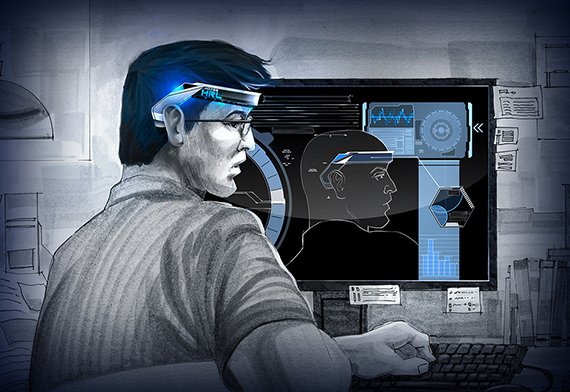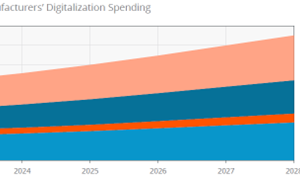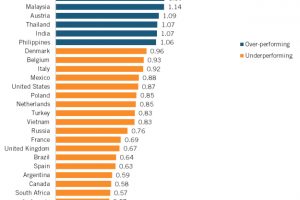Scientists develop Matrix-style technology capable of enhancing skills
Anyone who has ever watched Matrix wished they could upload information to their brain in seconds.
Now the idea of a device being able to “upload” skills and knowledge directly into the brain may be closer to reality, scientists believe.
Researchers claim to have developed a simulator which can feed information directly into a person’s brain and teach them new skills in a shorter amount of time, comparing it to “life imitating art”.
They believe it could be the first steps in developing advanced software that will make Matrix-style instant learning a reality.
In the neo-noir sci-fi classic, protagonist Neo is able to learn kung fu in seconds after the martial art is ‘uploaded’ straight to his brain.
The technique is similar to that seen in 1999’s The Matrix, in which the protagonist, Neo, learns Kung Fu in a matter of seconds after the knowledge is uploaded directly into his brain.
Researchers from HRL Laboratories, based in California, say they have found a way to amplify learning, only on a much smaller scale than seen in the Hollywood film.
They studied the electric signals in the brain of a trained pilot and then fed the data into novice subjects as they learned to pilot an aeroplane in a realistic flight simulator.
They studied the electric signals in the brain of a trained pilot and then fed the data into novice subjects as they learned to pilot an aeroplane in a realistic flight simulator.The study, published in the journal Frontiers in Human Neuroscience, found that subjects who received brain stimulation via electrode-embedded head caps improved their piloting abilities and learnt the task 33 per cent better than a placebo group.

Dr. Matthew Phillips and his team of investigators from HRL’s Information & System Sciences Laboratory used transcranial direct current stimulation (tDCS) in order to improve learning and skill retention.
“We measured the brain activity patterns of six commercial and military pilots, and then transmitted these patterns into novice subjects as they learned to pilot an airplane in a realistic flight simulator,” Phillips said in a press release.
“Our system is one of the first of its kind. It’s a brain stimulation system,” explained Dr Matthew Phillips.
“It sounds kind of sci-fi, but there’s large scientific basis for the development of our system.
“The specific task we were looking at was piloting an aircraft, which requires a synergy of both cognitive and motor performance.
“When you learn something, your brain physically changes. Connections are made and strengthened in a process called neuro-plasticity.
“It turns out that certain functions of the brain, like speech and memory, are located in very specific regions of the brain, about the size of your pinky.”
Dr Matthews believes that brain stimulation could eventually be implemented for tasks like learning to drive, exam preparation and language learning. “What our system does is it actually targets those changes to specific regions of the brain as you learn,” he added.
“The method itself is actually quite old. In fact, the ancient Egyptians 4000 years ago used electric fish to stimulate and reduce pain.”





